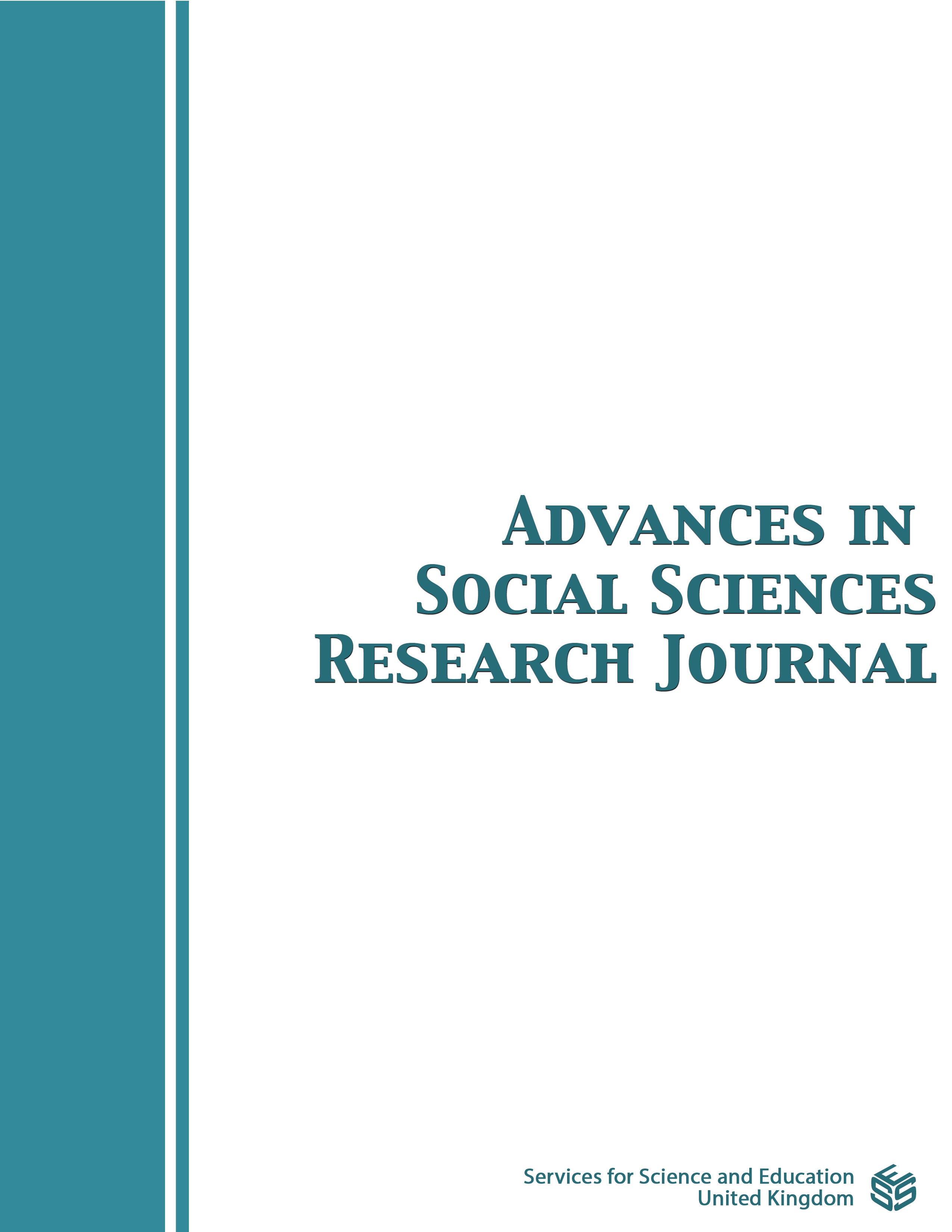Smart Service Dimensions: Exploring Customer Experience and Participation using Stimulus-Organism-Response Model
DOI:
https://doi.org/10.14738/assrj.106.2.14994Keywords:
Smart Service Dimensions, Customer Experience, Customer ParticipationAbstract
Today, the emergence of smart service technologies has an impact on customer experience and customer participation in the service industry. Artificial intelligence (AI) appears likely to influence marketing strategies, including business models, sales processes, and customer service options, as well as customer behaviors. Technology has been regarded as a game changer in the service context. As consumers become more accustomed to smart technology and robotic services, technology will continue to play an essential role in the service industry to better serve customers. While using smart technology, customers themselves will be involved in the service process. They will participate in the service with no or limited involvement with the staff. Therefore, it is very crucial to emphasis the technology-enhanced experience from a customers’ perspective to have better understanding of the actual content and operational application of smart service and robotic experience by examining the specific dimensions of the smart service. Therefore, this proposed study aims to provide an intense discussion and comprehensive conceptualization of the smart service dimensions that may stimulate customer experience and participation by using Stimulus-Organism-Response (S-O-R) Model.
Downloads
Published
How to Cite
Issue
Section
License
Copyright (c) 2023 Nadiah Maisarah Abdul Ghani, Ahmad Azmi Mohd Ariffin, Nor Sara Nadia Muhamad Yunus, Mohammad Zaim Mohd Salleh

This work is licensed under a Creative Commons Attribution 4.0 International License.
Authors wishing to include figures, tables, or text passages that have already been published elsewhere are required to obtain permission from the copyright owner(s) for both the print and online format and to include evidence that such permission has been granted when submitting their papers. Any material received without such evidence will be assumed to originate from the authors.






